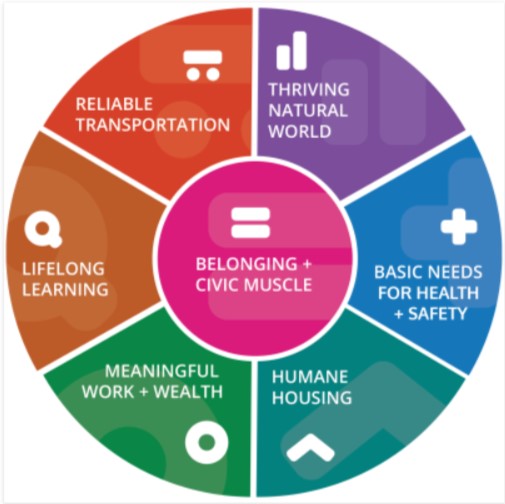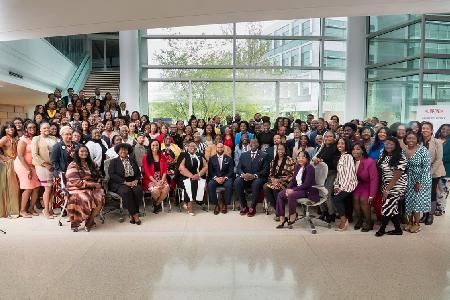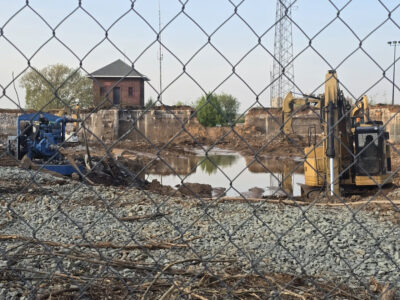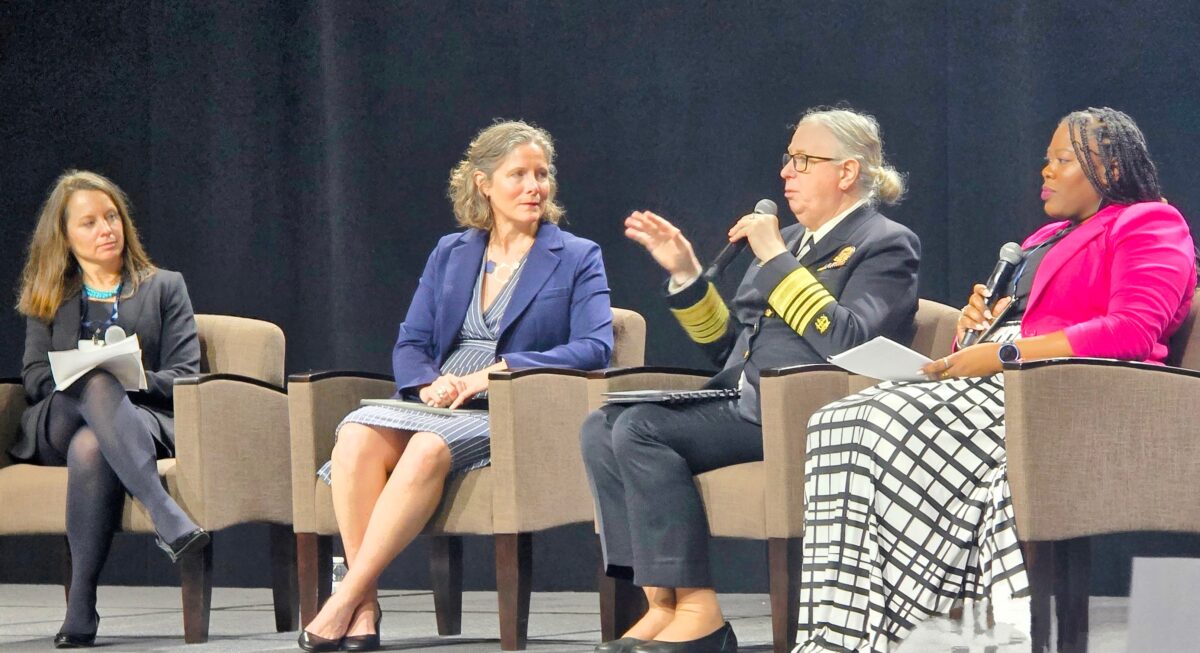Without this information, pain points, social gaps and inequities can become minimized — even made invisible.
Take the gathering of Delaware business demographics data, something the Delaware Black Chamber of Commerce advocated for, prompting the 2022 addition of a check box option on online business registrations and renewals. The number of minority-owned businesses was unknown before the state started collecting those figures in earnest. When the first batch of data came in this year, it turned out that prior estimates were off by a lot. That made some numbers we could see, such as the small number of Black-owned businesses that received PPP loans during COVID, an even more glaring issue.
No one before 2020 was keeping track of how many K-12 students in Delaware lacked access to a computer or Wi-Fi at home, or how many senior adults couldn’t use telemedicine due to a lack of digital access.
It wasn’t just Delaware, to be fair. The same was true all over the country. And, like in Delaware, it took a global pandemic to shine a light on such gaps in a way that couldn’t be ignored.
In 2022, in response to these deficits, the US Department of Health and Human Services released The Federal Plan for Equitable Long-Term Recovery and Resilience (Federal Plan for ELTRR), created by an interagency workgroup and based on the Rippel Foundation’s Vital Conditions for Health and Well-Being framework.
Advocating for the framework
Becky Payne, president and CEO of the Rippel Foundation, led teams that developed both the Federal Plan for ELTRR and the vital conditions framework. On April 19, during the plenary and call-to-action portion of the Delaware Equity Action Summit in Wilmington, she recalled being asked by the government to do something about the unfolding behavioral and substance use crisis. What her team found were long food lines, lost jobs and struggles to pay rent — in communities that didn’t yet have a single case.
“The fragility of our systems was instantaneous,” Payne said. “So some of us said, ‘Okay, let’s be real. This is not about the virus, and we are not going to behavioral health treat our way out of this. Let’s have a real conversation about what our systems have failed to invest in for decades that might have brought us to a different place.’”

(Courtesy health.gov)
The framework identifies seven factors that people need to live to their potential:
- Humane housing
- Basic needs for health and safety
- Meaningful work and wealth
- Reliable transportation
- Thriving natural world
- Lifelong learning
- The central element: Belonging and civic muscle
Instead of looking at a community and focusing on negative elements, the framework instead centers community needs and whether they are being met.
“These vital conditions are the building blocks of a healthy thriving society,” said Admiral Rachel Levine, US assistant secretary for health and human services, who also spoke alongside Payne. “We see the power and value of the framework across so many communities and so many systems, including in Delaware — Delaware is one of the states leading the charge.”
My Healthy Community
Payne called Delaware a “bright spot,” along with states like Georgia, California and Maryland, in terms of building vital conditions frameworks. The First State established My Healthy Community, an environmental public health tracking network, in 2019 before the pandemic hit. On it, you can look through data on everything from air quality by zip code to how many children meet health guidelines for daily vegetable intake. Its COVID-19 dashboard, widely used during the height of the pandemic, is still active.
Explore the My Healthy Community dashboards
The data comes from sources such as the US Census Bureau’s’ American Community Survey, direct community surveys, America’s Health Rankings, and the US Department of Agriculture’s food access research, to name a few.
“There’s a plethora of amazing information on there,” said another speaker, Delaware Bureau of Health Equity Chief Sequoia Rent, who is involved with the tracking network. “It can be used by anyone in the community or on the national level.”
While no magic wand will close gaps and level playing fields, and despite all the work yet to be done, these frameworks are already being used by community healthcare organizations and other entities.
“All Americans deserve care services that are timely, affordable, accessible, equitable and high quality,” said Admiral Levine. “These are our family members, our friends, our neighbors, our co-workers and our fellow community members. So if we can do better, we must do better.”
Join the conversation!
Find news, events, jobs and people who share your interests on Technical.ly's open community Slack

Delaware daily roundup: 20+ things to do in May; Technical.ly's Dev Conference; Dupont earnings

Delaware daily roundup: DE innovation leaders; High schoolers win STEM competition; New Ladybug Fest location

Delaware daily roundup: Greentech digital glowups; AI versus dev jobs; New Biggs Museum website



